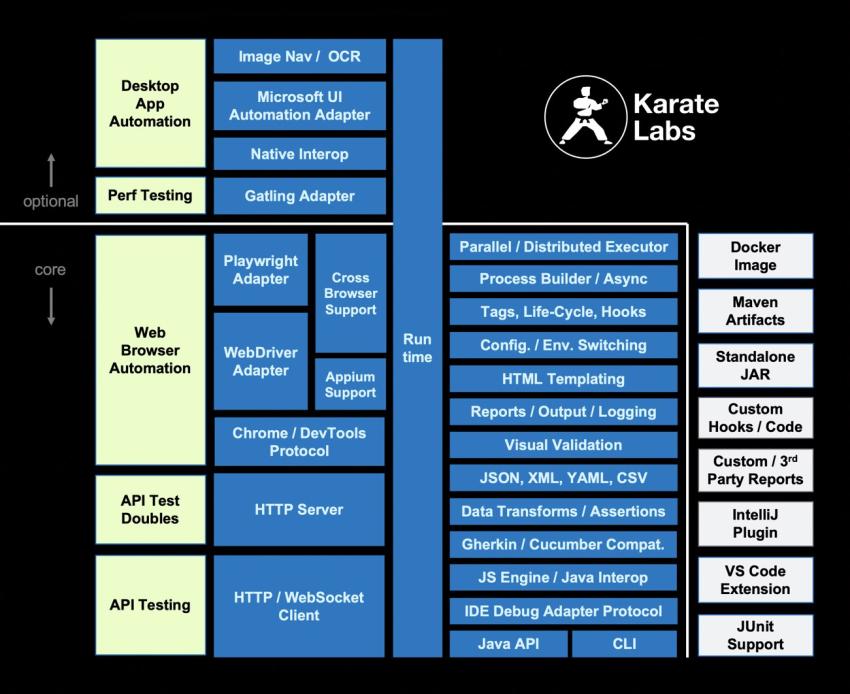
After booking a cab from an app, it shows you the nearest driver, estimated fare, and arrival time instantly. This process looks smooth because the app connects with another system to get all this information. All this happens through APIs. These are like messengers that carry data between systems. Now, what if that messenger brings wrong or delayed information? It would ruin the user experience. This is where API automation testing helps.
API automation testing helps teams check if these connections are working properly. It does this quickly and without human effort. Apps like online shopping platforms, banking systems, and social media rely on APIs. If these connections break, users face issues. Automated testing avoids errors and speeds up releases, it saves a lot of time.
What is an API and Why Does It Need Testing?
APIs are like waiters in a restaurant. They take your order and return with food. In apps, APIs fetch data or send requests to other systems. For example, a weather app uses an API to show real-time updates.
API automation testing is the process of checking if these connections work well, but without doing it manually each time. Instead of a person testing each function, a tool runs the tests automatically. This makes things quicker and easier.
Just like you check if a light switch works after fixing it, APIs need testing too. Here are some reasons:
- To check if the right data is coming back
- To catch problems early before users face them
- To see how fast the API responds
- To make sure only the right people get access
If any part fails, the app may stop working properly. That could lead to unhappy users and lost business.
What Can Be Automated in API Testing?
A lot can be done using automation:
- Response Time Checks: Tests how fast the API responds. Automation can run this often without delay.
- Data Accuracy Tests: Verifies if the API returns correct and expected data.
- Error Message Validation: Sends wrong input to see if the API gives proper error responses.
- Security Testing: Checks if access is limited to allowed users only.
- Repeated Requests: Run the same test many times to check stability.
These tests are run without stopping or human help. This helps teams fix problems early.
Choose Automation Over Manual Testing
Manual API testing takes time and effort. Testers write each step, check results, and repeat. It works for small apps but not for fast-moving projects.
Automation uses scripts and tools to do the testing. It is quicker and runs anytime without human help.
Here’s a simple comparison:
Feature Manual Testing Automation Testing
Speed Slow Fast
Effort High Low once setup is done
Accuracy May have human error Consistent and reliable
Cost in Long Run More Less
Reusability Limited High
Start Simple: API Testing Made Easy for Beginners
If you are just starting, begin with tools that don’t need much setup. For example, Postman allows users to test APIs with a few clicks. You send a request and check the reply. Over time, you can move to more advanced tools that help run tests automatically.
The goal is to check if the API is giving back correct data in the right format and within the expected time.
The Real Power: API Automation Testing for Faster Releases
With manual testing, every small change requires repeated checks. This takes time and delays releases. With API automation testing, tests can run in the background while developers work. It saves hours every day.
Teams can test often and catch mistakes early. That means fewer bugs in the final product and faster delivery to users. It also builds confidence that the system works fine after every update.
Step-by-step of API automation testing:
- Setup the environment: Prepare the system with all required tools and test data.
- Write test cases: These are like instructions. For example, "Send this order to the API and expect a successful response."
- Run the tests: Use automation tools to run tests again and again. No need to write each step again.
- Check results: The tool shows which tests passed and which failed.
- Fix and retest: Developers fix errors. The tests are run again to confirm the fix worked.
This saves time, cuts down errors, and gives faster release cycles.
Let’s Talk About Karate Labs
Karate Labs is an open-source tool that combines many testing features in one place. It supports API testing, performance testing, mocking and even UI testing. This makes it useful for teams looking for a full solution.
Tests in Karate Labs take less time to write. In fact, many users say they save 80 percent of the time needed to write tests for one endpoint. The tool also needs 60 percent less code than others. This means less work but more results.
Another good thing is how fast the tests run. They can also fit well into your current setup. No need to change your systems. Karate Labs makes it simple to write tests and get useful results for beginners new to testing.
Final Words: Ready to Speed Up Releases?
APIs help apps run smoothly. But to function APIs smoothly, basic testing is needed. Testing API tools reduces bugs, helps teams work faster and saves time. API automation testing is a smart step toward better software. It allows quick releases and happy users. If you are a beginner aiming for speed and accuracy with less stress, opt for tools like Karate Labs as it makes the job easier and faster. Start simple, use the right tools and keep improving.




